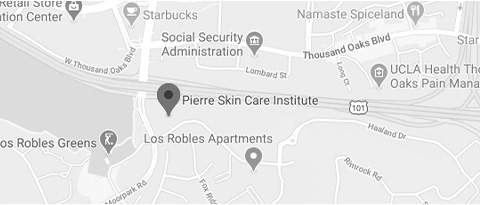How to Check for Skin Cancer
Skin cancer is one of the leading forms of cancer affecting people in Thousand Oaks, Westlake Village, and elsewhere. When a person hears that they have skin cancer, it is understandable that they feel nervous. They wonder what it is going to mean for them and their family over the long haul. The one positive thing about skin cancer is the fact that skin cancer, when diagnosed early, is treatable. If you know what you are looking for, if you know what the warning signs are, and you find cancer when it is small, you can prevent it from spreading and becoming a life-threatening or disfiguring thing.
A doctor may check your skin for skin cancer during a routine checkup. However, the doctor is likely going to recommend that you are proactive and that you check your skin on a monthly basis. When you go through a check, you need to do so in a well lit room in front of a full-length mirror. Also, get a hand held mirror. This going to help you look at areas that are difficult to see without one. There is an ABCDE rule that you can use when looking for signs of cancer.
A is for asymmetry. Usually, when you have a mark or a mole on your skin, it is pretty much symmetrical. If a mole or a pigment mark is symmetrical, it is likely not something you should worry about. However, if you notice that one side of the mole or one side of a pigmented mark does not match the other, this could be a sign of skin cancer.
B is for border. Look at the edges of your moles or other pigmented marks on your skin. They should be smooth and almost circular. If the edges of the marks on your skin are irregular, if they look blurred, or if they are notched, this could be a sign of cancer.
C is for color. You would expect that your moles would be the same color all over. If your moles are not the same color all over but have different shades of brown, black, white, or blue, this is a symptom of skin cancer. You should have any questionable marks looked over by a skincare professional as soon as possible.
D is for diameter. Most moles on your body are going to be around one quarter of an inch. This is roughly the size of an eraser on the back of a pencil. If you see moles that are larger than that size, you may be dealing with skin cancer.
E is for evolving. Usually, a non-cancerous mole is going to stay the same size, the same color, and the same shape. However, if your mole is evolving and it changes in color, size, or shape, this could be a symptom of skin cancer and may require more investigation on the part of a skincare professional.
Skin cancer is the easiest form of cancer to treat when it is caught early. By remembering the ABCDE method and coming in for appointments with our experts at Pierre Skin Care Institute in Thousand Oaks, you will be able to take steps to care for your skin. Contact us today to book an appointment!





